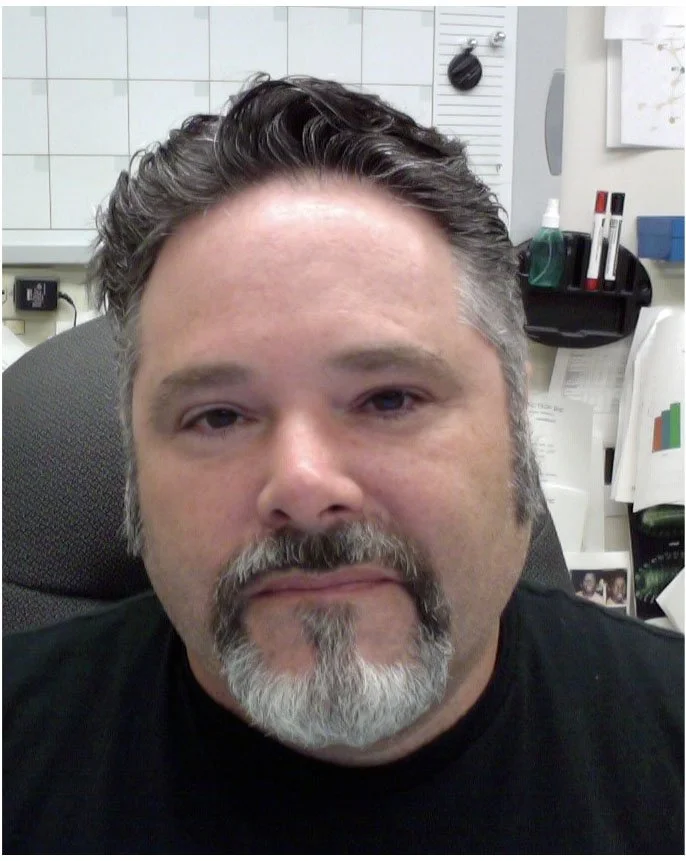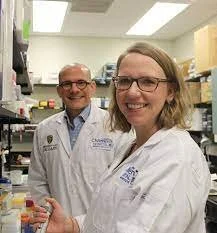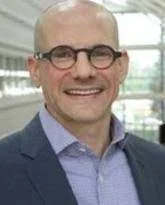The Tooth Fairy Project
Co Project Lead: Dr. Larry Reiter, PhD
Co Project Lead Dr. Debra E. Weese-Mayer, MD
Recent evidence has emerged suggesting that a small group of cells in the patient’s body known as neural crest cells may play a role in causing ROHHAD. Neural crest cells are unfortunately very difficult to collect and study without invasive procedures, and thus have not been available for previous ROHHAD research. However, exciting recent advances have allowed neural crest cells to be collected from removed teeth (e.g., lost baby teeth or removed wisdom teeth). Recognizing the potential impact of this advance as a unique opportunity for ROHHAD research, we have aligned with one of the world’s leading experts in this technique (Dr. Larry Reiter). With this cutting-edge technology, we will have an accessible source of neural crest cells for ROHHAD research for the first time. Using these cells, we can study neurons obtained directly from ROHHAD patients, and compare these to the same cells from non-ROHHAD patients. This will allow us to see what is different about these cells in ROHHAD patients, and to determine what might be causing these differences (and thus, what might be causing this disease). This bank of ROHHAD neural crest cells will be an invaluable resource not only for this research project, but also for future research projects by our own as well as the entire ROHHAD research community
By utilizing cutting edge methodology to study neural crest cells, the specific cell type believed to underlie ROHHAD, this project represents an exciting opportunity to advance understanding of this disease. Through the generous support of the ROHHAD Association, we will pair recent findings by our collaboration with cutting-edge advances and expertise in cellular modeling, offering a singular opportunity to advance research into the cause and consequences of ROHHAD at the cellular level.
How can you participate?
We need ROHHAD patients to donate teeth. If your child with ROHHAD will be losing baby teeth or if a ROHHAD patient will be getting any teeth removed in the future, please contact CAMPResearch@luriechildrens.org as far in advance as possible before the tooth is out. We will mail you a tooth collection kit in advance so the tooth can be properly stabilized and stored for this exciting research.
Summary of Project
When we lose a tooth, there is a special type of cell that comes out with the tooth. These cells are known as dental pulp stem cells (DPSC). Scientists can use these special cells to develop many different type of cells. For ROHHAD, scientists hope to create neurons. Neurons are cells from your nervous system, the cells scientists think are affected in ROHHAD! DPSCs from teeth of patients with ROHHAD will go through a special process in the lab to become neurons.
See how DPSCs in other ROHHAD patients have been turned into neurons. Amazing!
Meet the Team
The proposed project brings together an international group of investigators with unique expertise including investigators from Lurie Children’s Hospital of Chicago-, Northwestern University, and The University University of Tennessee Health Science Center in the U.S. and the University of Calgary in Canada. With support from the ROHHAD IC, we are committed to continued partnership with ROHHAD families to achieve the goals of this project, building a unique and valuable resource for ROHHAD research, not only for this study, but also for future research by the greater ROHHAD research community.
Larry Reiter (2nd from left) and his team
Torben Bech-Hansen
Kaitlyn Victor
Debra Weese-Mayer
Sarah Barclay
Kyle Kurek
Further Reading
Dental pulp stem cells give scientist an exciting new, non-invasive way to study neural cells
A major challenge to the study of neurogenetic syndromes affecting the brain is the inability to access live neurons for various molecular and functional studies. To overcome these challenges, we have recently established a collaboration with Dr. Reiter, a leading expert in the generation of dental pulp stem cells (DPSC). DPSC are multipotent neuronal precursors (i.e., cells already destined to become neurons, which therefore do not need reprogramming) derived from neural crest cells that reside deep in the dental pulp and can easily be collected from normally shed deciduous “baby” teeth or from adult teeth. Dr. Reiter, a geneticist and neuroscientist, has collected discarded teeth from individuals with a wide variety of neurogenetic syndromes to generate representative neural cultures from these cells for pathway investigations. Over the past eight years Dr. Reiter has built a bio-bank of DPSC lines which includes lines from 200 children with 13 different neurogenetic human syndromes including two syndromes with associated obesity (Prader-Willi syndrome (PWS), and Wilms tumour, Aniridia, Genitourinary anomalies, mental Retardation, and Obesity syndrome (WAGRO)) and an emphasis on 15q duplication and deletion disorders (NIH R21 NS075709). Additionally the Reiter lab has extensive experience studying molecular aspects of multiple neurogenetic syndromes on the autism spectrum using patient-derived DPSC cultures coaxed into neuronal lineages. They have now established the growth parameters, efficacy, and similarity to other stem cell systems and reported their study of 15q duplication/deletion disorders.
Our unique collaboration will allow us to use this non-invasive, cost effective approach to reveal the underlying molecular defects in ROHHAD neurons and compare expression patterns to related neurogenetic disorders already in Dr. Reiter’s DPSC bio-bank. We have already grown a DPSC line from wisdom teeth extracted from several ROHHAD patients demonstrating the potential of this study. Further, we have already grown DPSC lines from several patients with PHOX2B mutation-confirmed Congenital Central Hypoventilation Syndrome (CCHS), a neurocristopathy with overlapping phenotypic features to ROHHAD (control of breathing and autonomic dysfunction). With these valuable resources already in hand, we are uniquely poised to extend our investigation of the molecular basis of ROHHAD.
Despite extensive investigation, there is presently no known molecular cause for ROHHAD. The studies proposed here will be fundamentally beneficial for individuals with ROHHAD as they are expected to reveal new information about genes involved in, and cellular processes underlying the ROHHAD phenotype. Our research also has the potential to provide a definitive genetic cause for ROHHAD, which is vital for improving diagnosis, and, most importantly, will be highly informative for future efforts to develop actual biologic-based treatments for ROHHAD. Finally, the DPSC lines will allow us to test the predicted molecular causes for ROHHAD as well as assay therapeutic compounds that may be able to reverse or modify the disease-associated molecular causes of ROHHAD in human neurons.








